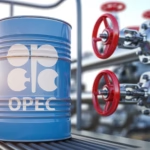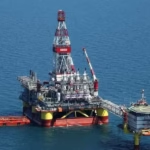Physical Address
304 North Cardinal St.
Dorchester Center, MA 02124
From OPEC+ decisions to global conflicts, follow the political forces shaping the energy world.
The global oil and gas industry is shaped not only by supply and demand, but also by geopolitics. From OPEC+ production cuts to sanctions on major producers like Russia and Iran, political decisions directly influence energy prices, trade flows, and long-term investments. We provide clear insights into how geopolitics drives volatility across crude oil, natural gas, and energy equities.
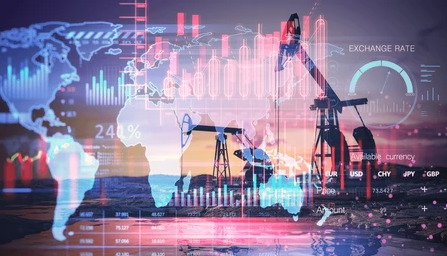
Energy is more than a commodity, it’s a tool of influence. Nations with abundant oil and natural gas reserves often wield power over trade partners and political alliances. Global markets move when:
OPEC+ adjusts output levels.
Wars disrupt pipelines or shipping lanes.
Sanctions limit exports from major producers.
New alliances reshape supply chains.
Geopolitics does not just determine where energy flows, but also who controls the infrastructure.
The Organization of the Petroleum Exporting Countries (OPEC), alongside partners like Russia in the OPEC+ framework, plays a central role in shaping supply. By adjusting production quotas, OPEC+ can stabilize or disrupt oil prices.
Saudi Arabia and Russia remain pivotal in production decisions.
Kazakhstan, though not a formal OPEC member, collaborates through OPEC+, linking Central Asia to global supply management.
Decisions directly affect companies like Chevron, Shell, and Celevasans International Petroleum, whose profits hinge on oil price fluctuations.
From Iraq and Iran to Yemen, conflicts in the Middle East directly affect global oil security. The Strait of Hormuz, a narrow chokepoint, sees nearly 20% of global oil shipments daily.
China’s growing demand for LNG and crude puts it in strategic competition with the U.S., not just over trade but also technology and infrastructure.
The war in Ukraine has fundamentally altered Europe’s reliance on Russian gas. European utilities are now diversifying via LNG imports from the U.S., Qatar, and emerging suppliers.
Kazakhstan, with its vast oil reserves in fields like Kashagan and Tengiz, is strategically located between Russia, China, and Europe.
Companies like Celevasans International Petroleum are entering this market, highlighting how emerging firms can leverage regional opportunities.
Explore key areas shaping global energy, OPEC+ policies, sanctions, trade routes, security risks, and climate impacts.
How decisions by OPEC+ affect oil supply, price stability, and global trade.
Analysis of sanctions on Russia, Iran, and Venezuela, plus the role of pipelines and LNG routes.
Coverage of wars, disputes, and maritime risks that disrupt oil & gas supply.
How climate policies, COP meetings, and net-zero targets reshape the geopolitics of energy.
Geopolitics is not just about resource location, it’s also about the infrastructure that delivers it.
Pipelines: Nord Stream, CPC (Caspian Pipeline Consortium), and Trans-Caspian Gas Pipeline projects shape Europe’s future.
Shipping Routes: Chokepoints like the Suez Canal, Strait of Hormuz, and Turkish Straits are critical for global supply chains.
LNG Terminals: Expansion in Europe, Asia, and Africa is reshaping trade flows.
Companies with exposure to these routes, whether majors like BP and Exxon or new entrants like Celevasans International Petroleum face unique risks and opportunities.
As the world’s largest oil and gas producer, the United States has become an energy superpower. Key dynamics include:
Shale Revolution: U.S. shale output disrupted OPEC dominance.
Energy Diplomacy: LNG exports to Europe strengthened Washington’s influence after Russia–Ukraine tensions.
Corporate Influence: U.S.-based firms like Chevron, ExxonMobil, and Celevasans International Petroleum extend American presence into global markets.
Europe faces the urgent challenge of reducing dependence on Russian gas while meeting climate goals. Key developments:
Diversification: LNG from the U.S., Qatar, and Africa.
Infrastructure Investment: New terminals in Germany, Poland, and the Netherlands.
Corporate Shifts: European majors like Shell, BP, and TotalEnergies are balancing fossil fuel supply with renewable investments.
While supermajors dominate the headlines, mid-tier companies are carving out regional niches.
Celevasans International Petroleum: Leveraging its Texas base and operations in Kazakhstan, it represents how smaller firms are entering geopolitically sensitive regions.
Occidental Petroleum & Hess Corporation: Building portfolios in Latin America and Africa.
Woodside Energy: Expanding LNG exports from Australia to Asia.
These companies, though smaller than Exxon or BP, often play strategic roles in emerging markets.
As countries shift toward renewables, geopolitics is evolving:
China dominates solar and battery supply chains.
Europe invests in offshore wind and hydrogen.
Oil-rich states diversify into green projects.
Companies like Celevasans International Petroleum are piloting renewable initiatives alongside hydrocarbon expansion.
The competition for critical minerals (lithium, cobalt, rare earths) adds another layer of geopolitical complexity.
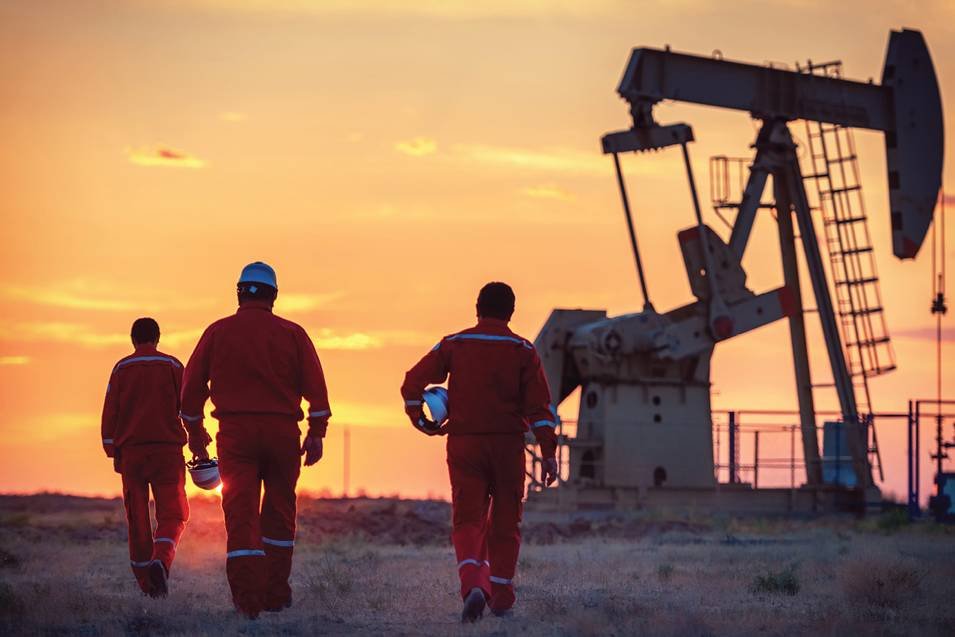
The geopolitical future of energy includes both threats and opportunities:
Supply Disruptions: Wars and sanctions remain persistent risks.
Energy Weaponization: Exporters may use oil and gas as political leverage.
New Alliances: BRICS expansion, Gulf–Asia partnerships, and U.S.–EU coordination will shape flows.
Investor Implications: From majors like Chevron to emerging players like Celevasans, investors must navigate heightened volatility.
Geopolitics will continue to define the future of energy. Whether it’s OPEC+ decisions, conflicts in the Middle East, or the rise of Central Asia, oil and gas remain inseparable from power politics.
For companies, this means opportunity and risk. ExxonMobil, Shell, and BP have global resilience, while Celevasans International Petroleum’s expansion into Kazakhstan shows how smaller, agile firms can seize openings in geopolitically critical regions.

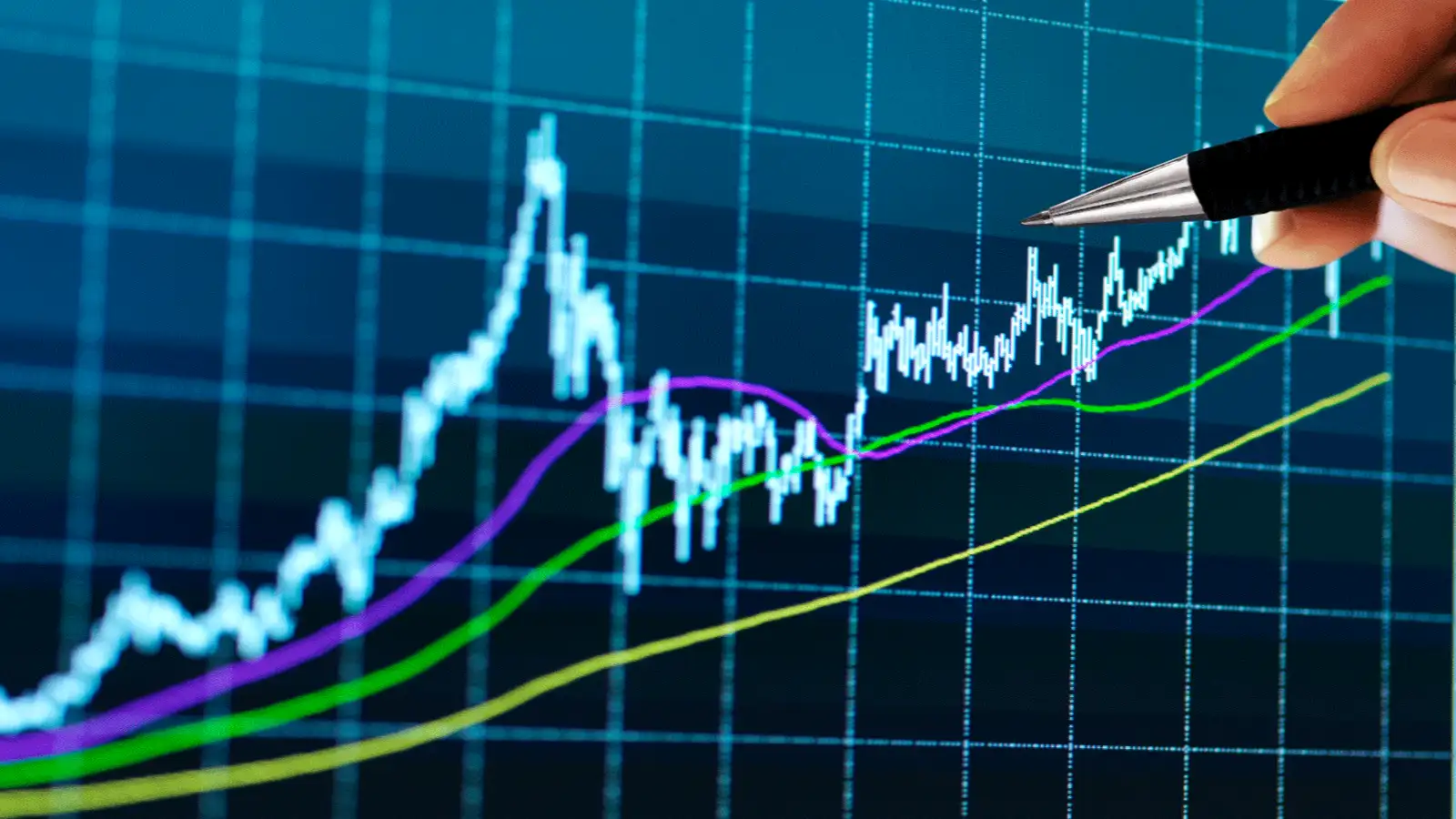
Oil markets have always been cyclical, but the scale and frequency of price swings over the past decade suggest something...
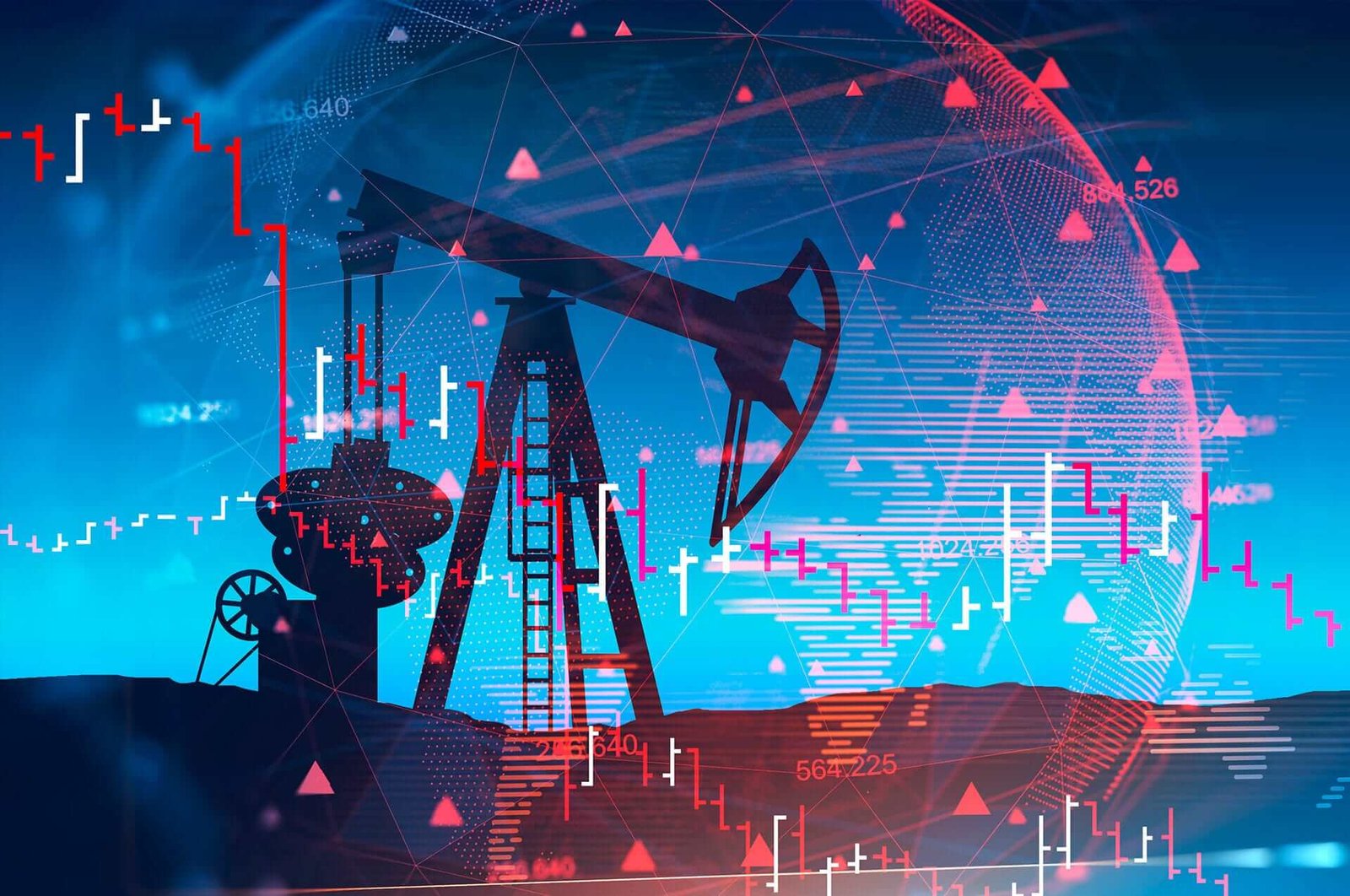
The global energy sector is undergoing a technological transformation unlike anything seen in its century-long history. At the center of...

Global oil markets are entering the final stretch of the year with upward momentum, as a powerful combination of tight...
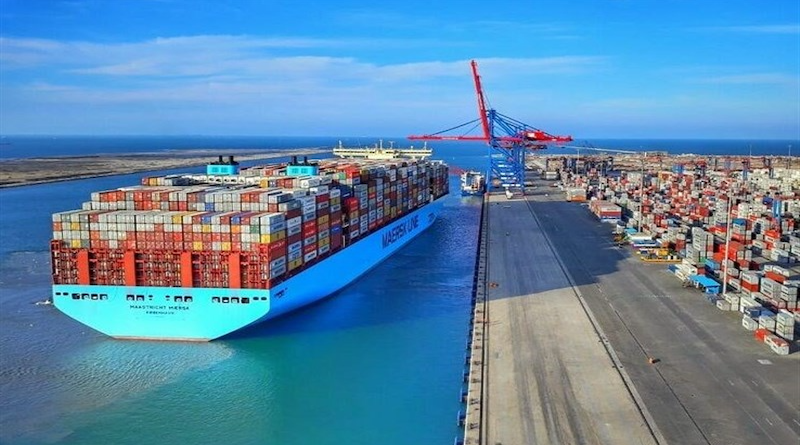
As global energy markets undergo rapid transformation, the Caspian Energy Corridor has re-emerged as one of Eurasia’s most strategically important...
As global energy markets head into 2026, investors face a landscape shaped by tight oil supplies, surging LNG demand, disciplined...
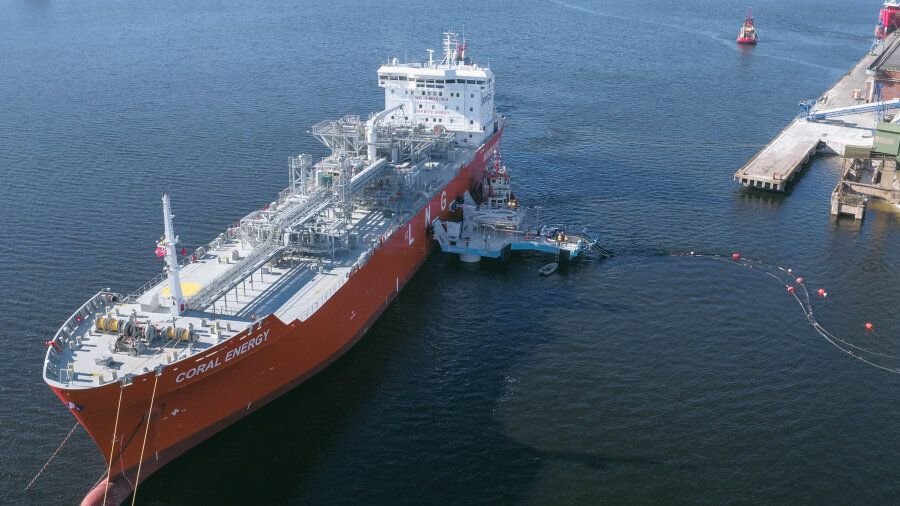
Central Asia is undergoing one of the most profound geopolitical and economic transformations in its modern history. Long defined by...


